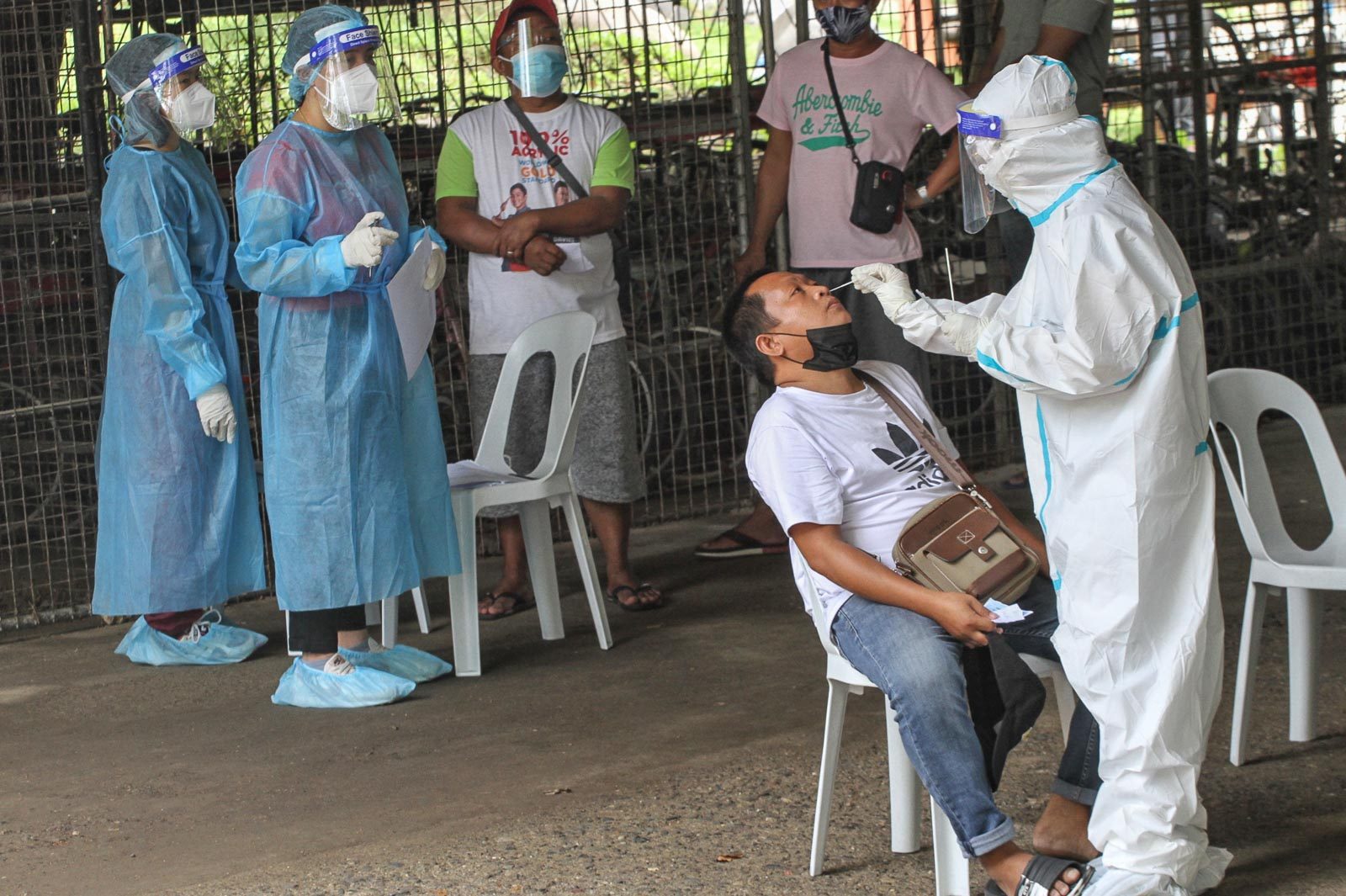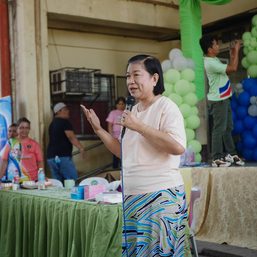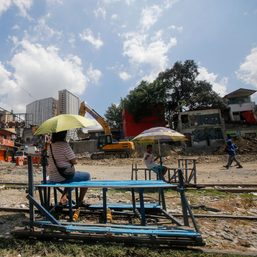SUMMARY
This is AI generated summarization, which may have errors. For context, always refer to the full article.

The Department of Health (DOH) said on Tuesday, May 18, that there is an uptick in COVID-19 cases in the Visayas and Mindanao.
“Ngayon, nakikita natin sa Visayas at sa Mindanao ay pagtaas na po. Hindi po siya napakabilis na pagtaas pero may pagtaas na po,” Dr. Alethea de Guzman of the DOH Epidemiology Bureau said in a press briefing.
(Now, we’re seeing a rise in cases in Visayas and Mindanao. The rise in the number of [COVID-19] cases is not that fast but there is an increase nonetheless.)
De Guzman said that 10 regions in the country are experiencing rise in COVID-9 cases, mostly from the Visayas and Mindanao: Zamboanga Peninsula, Western Visayas, Mimaropa, Caraga, Northern Mindanao, Soccsksargen, Bicol, Davao Region, Eastern Visayas, and the Bangsamoro Autonomous Region in Muslim Mindanao (BARMM).

Zambonga Peninusula’s average daily attack rate (ADAR) is at 6.10. ADAR is the number of new cases in a city or province over a two-week period, divided by the population of the city or province. ADAR is considered high risk if it is 7 and above.
The higher the ADAR of a place, the higher one’s risk of getting COVID-19.
- Low risk: ADAR < 1
- Moderate risk: ADAR 1-7
- High risk: ADAR > 7
“Kadalasan ang pagtaas nating nakikita ay sa mga highly-urbanized or independent component cities,” she said. (We see that the rise in cases are happening mostly in highly-urbanized or independent cities.)
De Guzman said that the main drivers of transmission in these areas are poor compliance with minimum health standards, slow detection and isolation of cases, and the presence of the highly infectious new COVID-19 variants.
Meanwhile, cases in virus epicenter Metro Manila showed a continued downward trajectory, which is now lower than when enhanced community quarantine was imposed in the capital region and nearby provinces.
The Octa Research team said in its report on Tuesday that average new cases in Metro Manila have decreased by 27% from the period of May 11 to May 17 compared to the previous week.

While the DOH has yet to recommend placing high risk areas under stricter quarantine measures, De Guzman said that local government units could implement granular or localized lockdowns.
As of May 18, the country has 1,154,388 confirmed cases of COVID-19, with 19,372 deaths and 1,082,725 recoveries. Of the total cases, 52,591 are active. – Rappler.com
Add a comment
How does this make you feel?




![[OPINION] Beyond infrastructure: Ensuring healthcare access for the poor](https://www.rappler.com/tachyon/2024/03/tl-healthcare-access-03402024.jpg?resize=257%2C257&crop_strategy=attention)
There are no comments yet. Add your comment to start the conversation.